This unique roadway connects the Danish capital of Copenhagen to the Swedish city of Malmö. The bridge stretches about 8km before transitioning through an artificial island into a 4km tunnel under the Flint Channel. The Øresund, designed by the Danish architect George K.S. Rotne, was opened on July 1, 2000.
The site is exciting biologically and architecturally: the Lund’s Botanical Association has identified more than 500 different species of plants on the island, constructed from material dredged from the seabed. Most of the concrete tunnel was cast on land and towed out to the location.
The Øresund is an engineering marvel that connects the Danish capital of Copenhagen to the Swedish city of Malmö.
A cable-stayed bridge runs nearly 8 km (5 miles) to an artificial island, which transitions into a tunnel that runs another 4 km (2.5 miles). The award-winning double-track railway and motorway opened on July 1, 2000.
The cable-stayed bridge features two 204 m high pylons supporting the 490 m long bridge span across the Flinte Channel. The motorway runs on the upper level while the railway runs below.
Most of the bridge structures, including the piers and spans, were built on land and towed out by large floating cranes. Only the pylons were cast ‘in situ.’
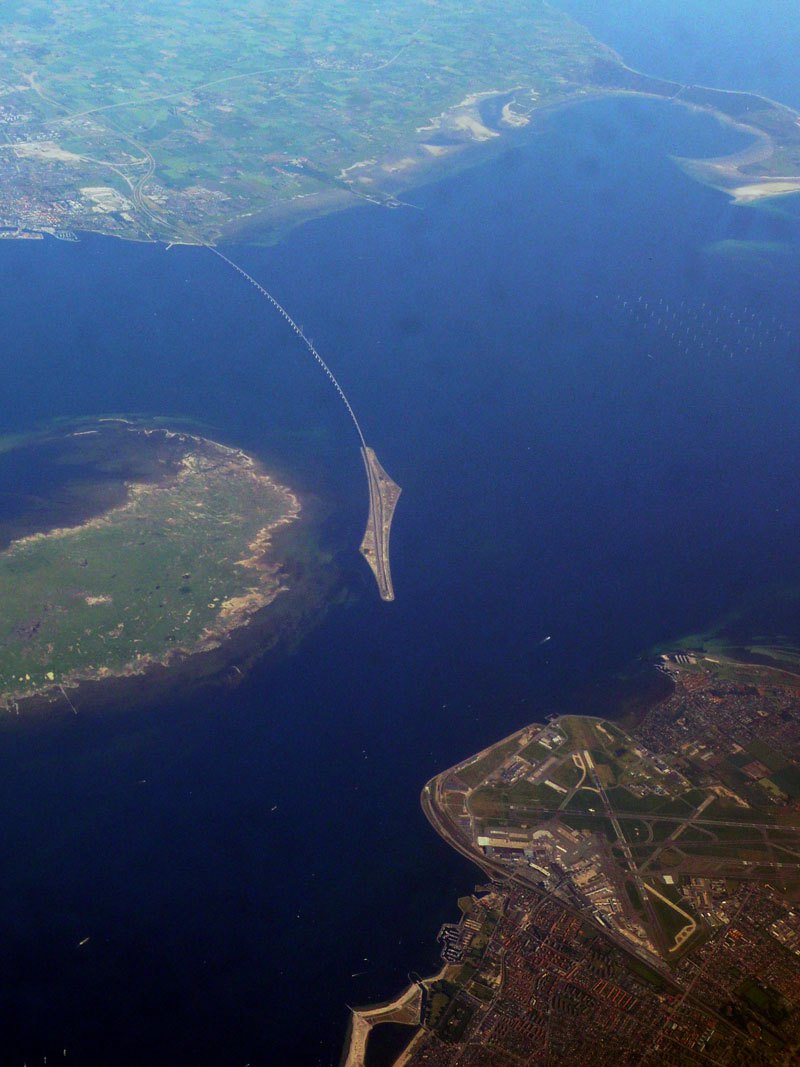 Photo by Koosha Paridel
Photo by Koosha Paridel
The artificial island of Peberholm links the bridge and tunnel. The island was constructed from material dredged from the seabed, and most of the 4 km tunnel was built by concrete elements cast on land, towed out, and lowered into a dredged trench.
The island is a famous bird breeding ground and a habitat for the rare green toad. Flora and fauna on the island have been allowed to develop freely and undisturbed, becoming a haven for biologists. The Lund’s Botanical Association has identified more than 500 different species of plants.
Approximately two-thirds of the people traveling across the Øresund go by train, with the journey between Copenhagen and Malmö taking about 35 minutes. Thanks to the fixed link the Øresund provides, a region of 3.7 million inhabitants has been created, allowing people to live and work on either side.
To learn more, visit the official site at oresundbron.com
All photographs by Øresundsbro Konsortiet unless otherwise stated.
Like what you’re reading? Subscribe to our top stories.






















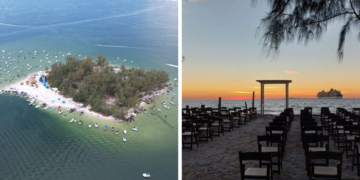




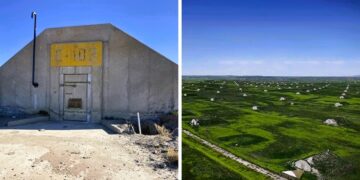







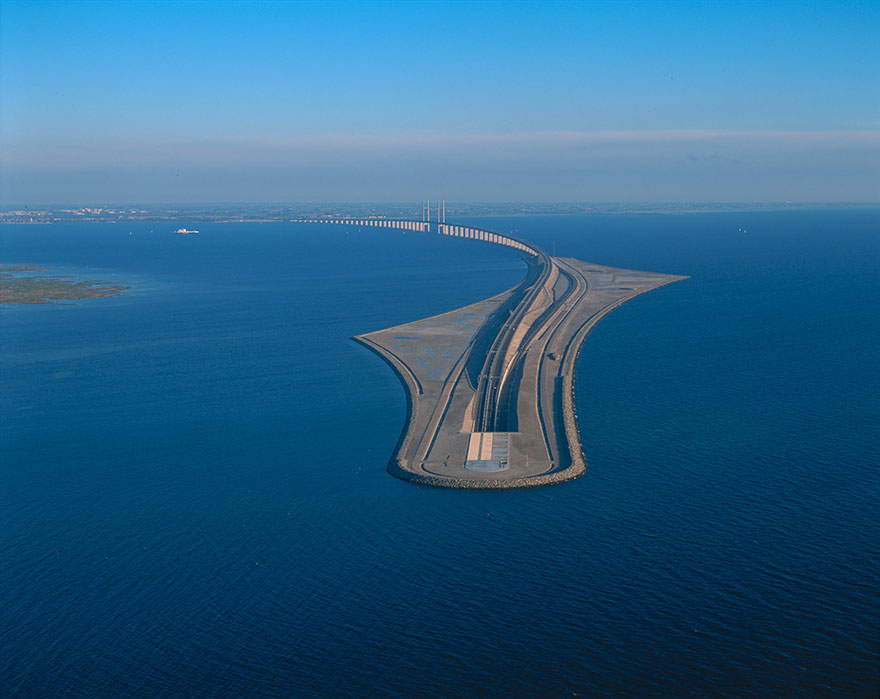
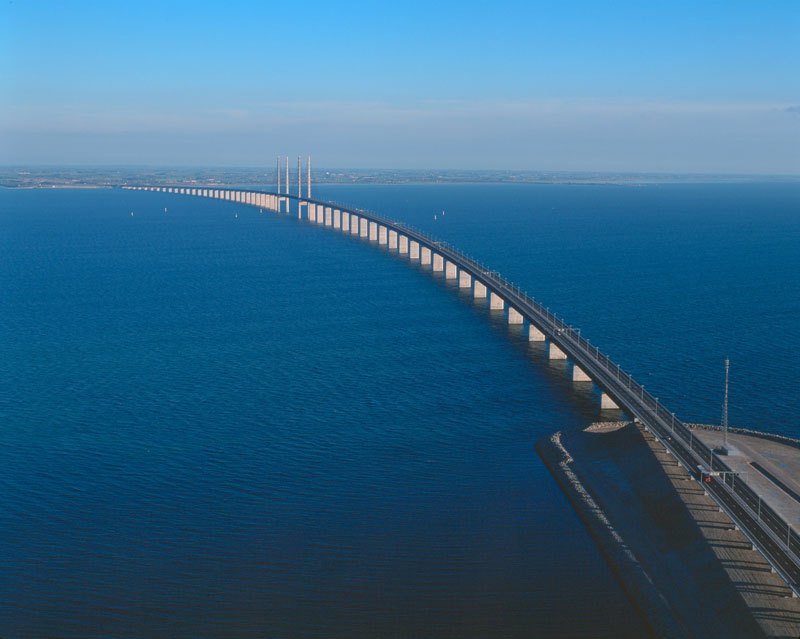
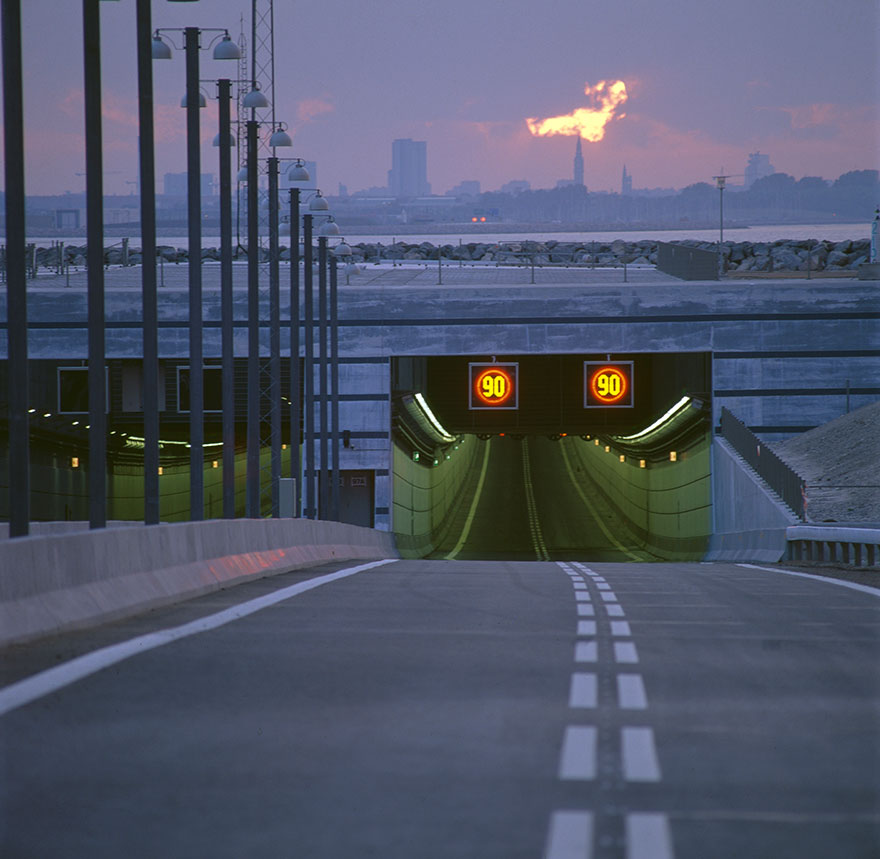
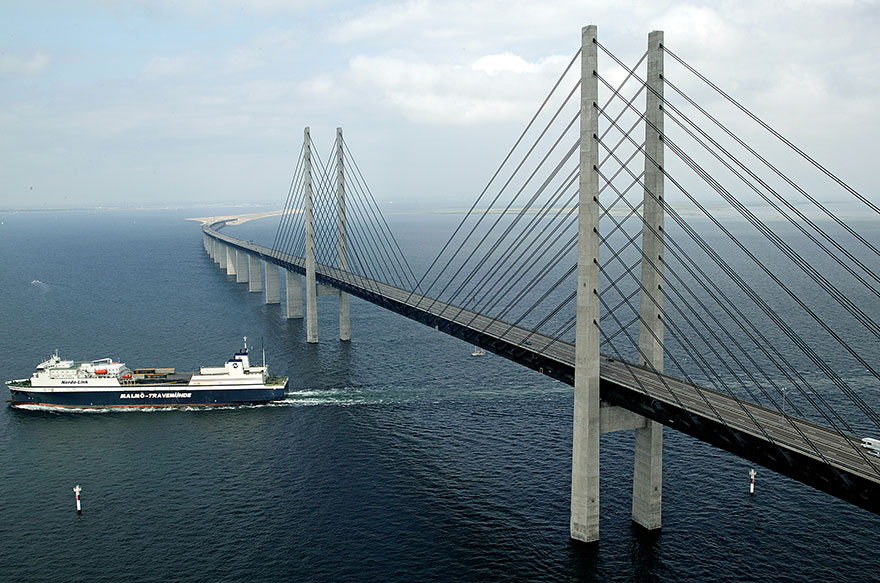
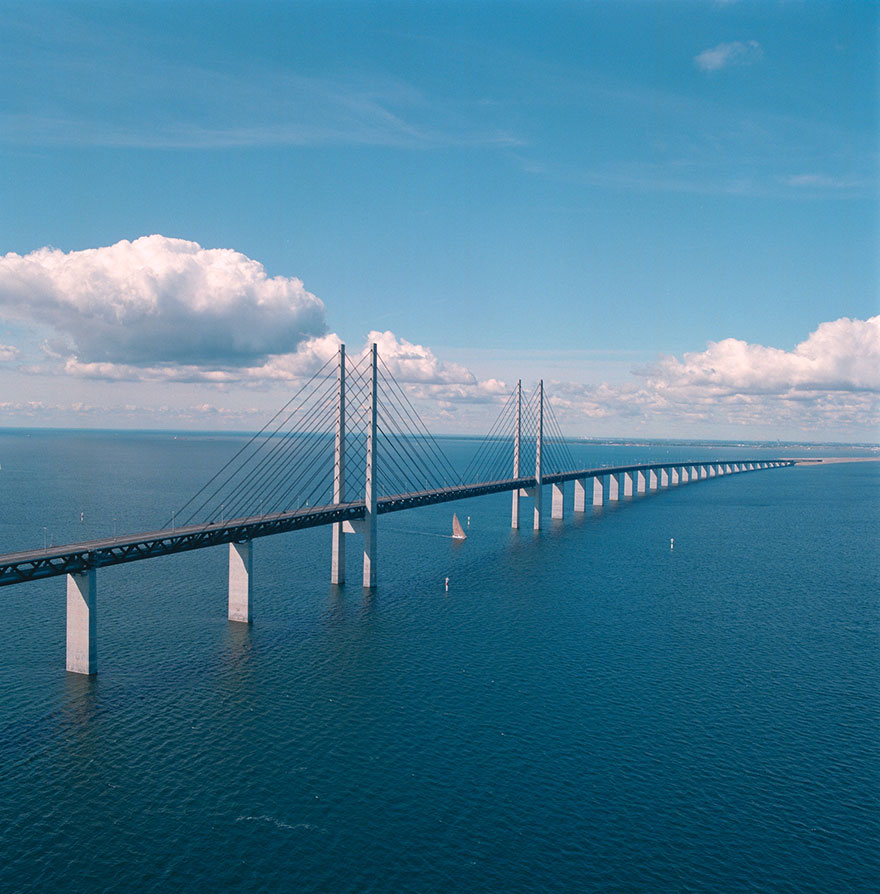
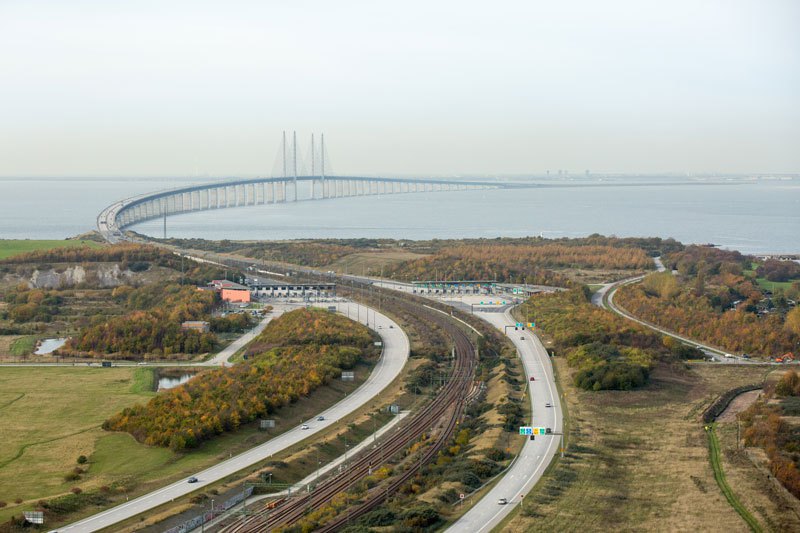

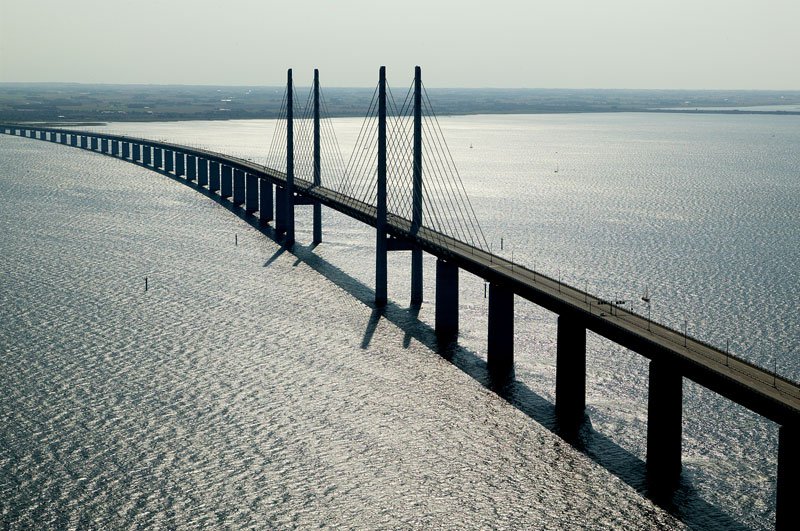
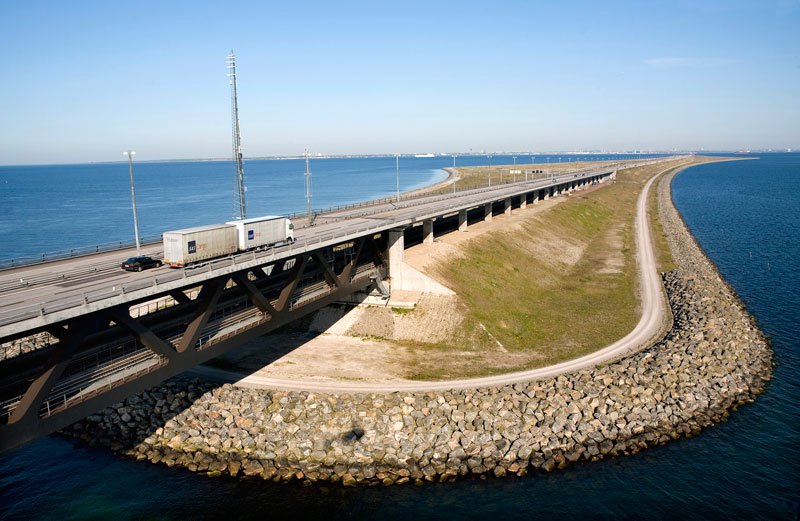

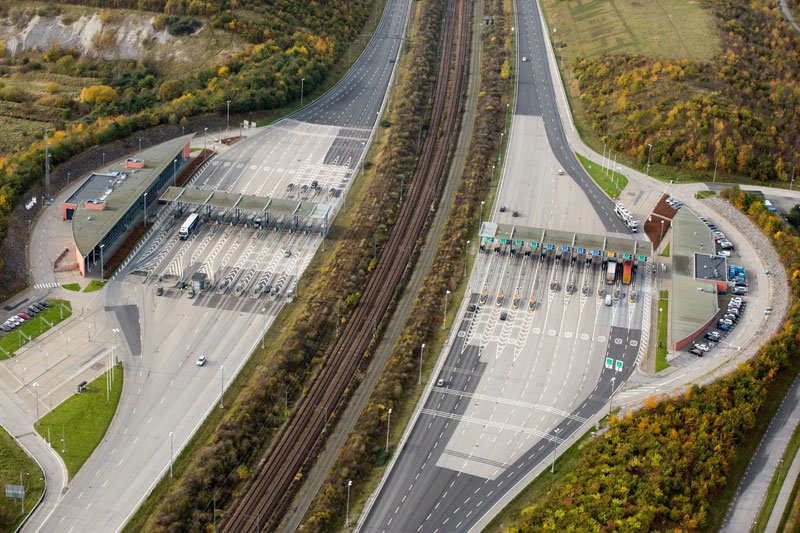

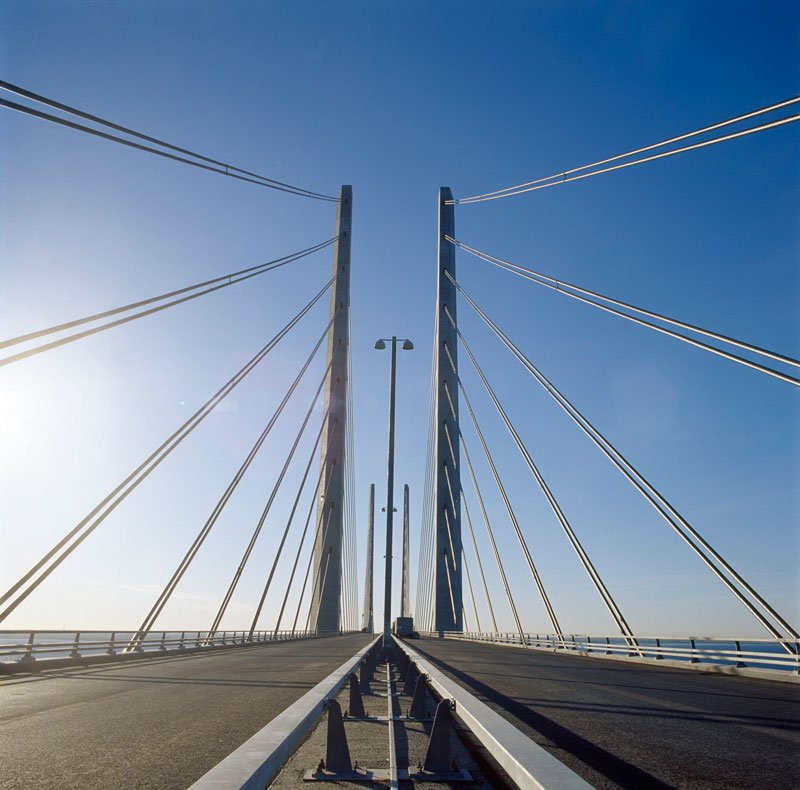
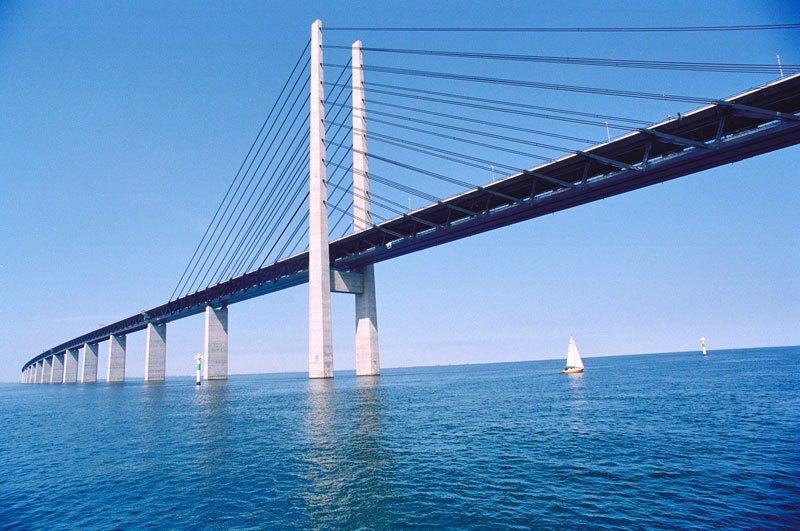

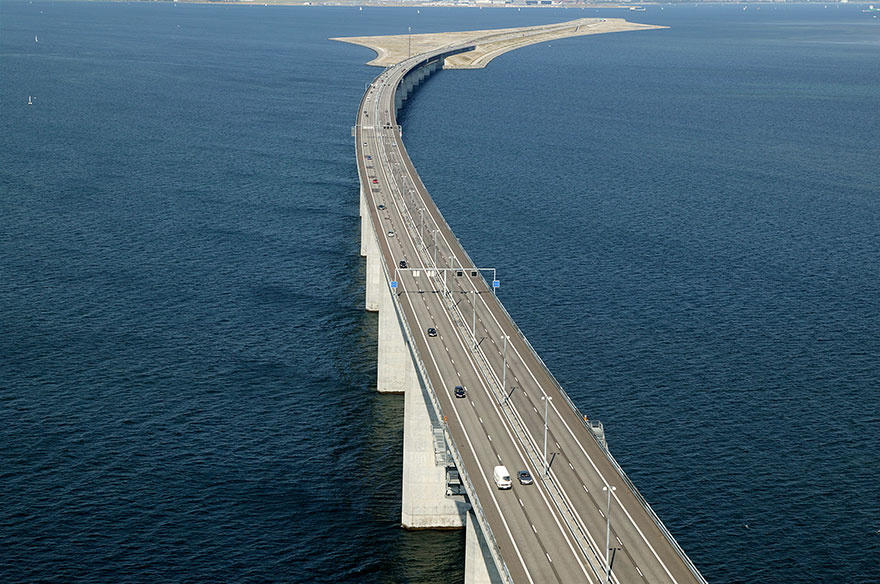
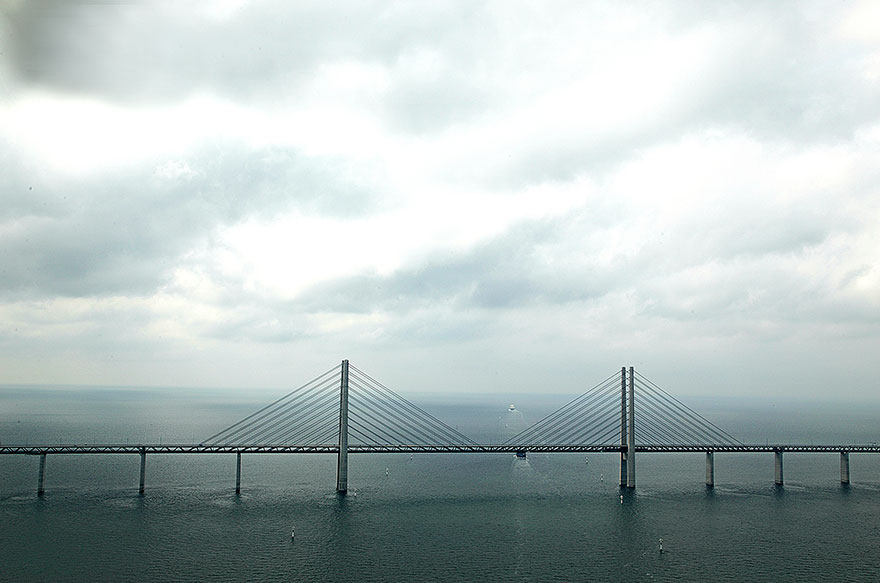









Discussion about this post